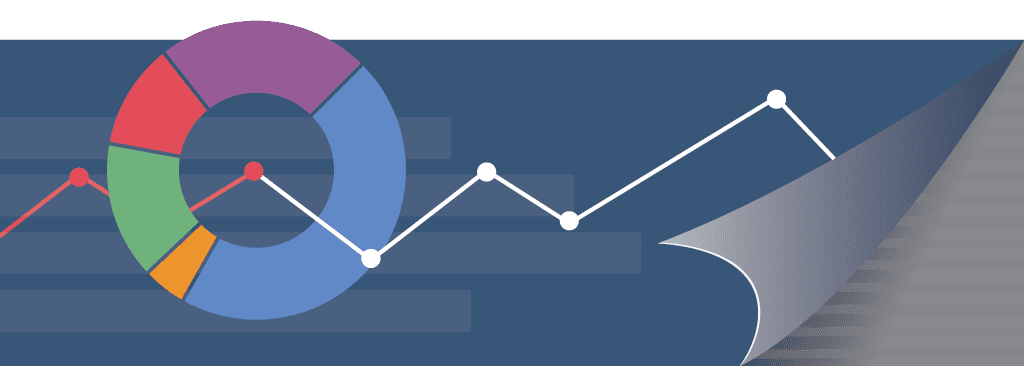Critical (But Honest) Call Center KPIs from Collections to Sales
Peter Drucker, visionary business consultant and “the founder of modern management,” said it best: “If you can’t measure it, you can’t improve it.”
So how can executives and managers best measure total operational success, and what do they measure?
Today, we’re take a big-picture overview, breaking down critical call center KPIs from collections to sales.
Collections Department KPIs
Agents who serve collections agencies occupy the majority of a manager’s attention, which makes sense. Delivering outstanding service levels and meeting collection goals are a #1 priority.
DSO is one of the most commonly used collections department KPIs for that reason.
This KPI gives managers a window into how many days, on average, it takes for a customer to complete their payment. So, collections agents running a low average DSO should be treated like heroes for bringing in consistent cash flow.
Departments that have a high DSO might require coaching and role-playing to improve its average. Also, consistently using call quality assurance technology can help tag, flag and analyze calls for quick assessment of falling KPIs.
Right Party Contacts (RPC) Rate
Sometimes agents experience frustration when they can’t connect with the actual debtor. Maybe the debtor changed their phone number, or they’re deliberately evading collections.
Whatever the reason, the RPC KPI provides managers a ratio of total outbound calls to successful connections with debtors, because the first step to collecting debt is making contact.
But Wait, There’s More…
We encourage managers who love digging into the numbers to check out more collections department KPIs, too.
Newspaper Industry KPIs
Cutting-edge cloud-based call center software is now an indispensable asset to many industries, providing business insights that managers previously couldn’t get or were hard to measure – and the modern newspaper is no exception.
Subscriptions Per Agent Rate (SPA)
Managers can track subscriptions per agent rate, which is similar to sales per agent in other industries; divide an agent’s total calls by the number of subscriptions gained.
One way to ensure useful measurement of SPA rates is to include a mix of call types through adjusting the Automatic Call Distribution (ACD) system. How? Set your IVR to evenly distribute calls by type, so each agent gets the same (approximate) volume of different call types. That will give you a more accurate SPA rate and let you know which agents need to share their best practices and call handling strategies.
Net Promoter Score (NPS)
Deploy surveys to track the customer experience along each stage of their journey. Survey results turn into NPS, which reveals where service is 10/10 and where it needs improvement, based on how likely a customer is to recommend your company to a friend or family member.
Increasing NPS scores is known to improve word-of-mouth advertising – meaning more subscriptions and an exponential return, if done consistently.
Use These KPIs to Measure Customer Service Excellence
How can managers effectively measure their agent’s service strength? They do this by focusing on the most critical call center KPIs for service.
First Call Resolution (FCR)
FCR is one of the top KPIs to measure in the call center industry. Callers are busier than ever, with life pulling them in all directions. They need their problem correctly solved the first time.
FCR measures how often an agent resolves the issue on the first attempt leading to satisfied and happy customers. Of course, a highly-customizable Interactive Voice Response (IVR) system can provide an automated solution to the problem, too.
Average Handle Time (AHT)
Industry leaders often mentioned AHT alongside FCR – a perfect marriage of KPIs. AHT measures how long a customer call takes from the time they dial to the call’s completion.
Ideally, call centers are using cutting edge, cloud-based software to reduce AHT, routing callers to the right agent the first time. And fast resolution equals satisfied customers – freeing agents up to help other callers immediately. Now, that’s efficiency!
Sales KPIs that Reveal the Truth About Outbound Campaign Goals
Before managers kick off a sales campaign, they need to handle potential regulatory liabilities. Once they’ve sufficiently planned for these legal requirements, agents can immerse themselves in the thrill of selling.
The only question is: what call center KPIs should managers use to measure a sales campaign’s effectiveness?
Revenue per Successful Call
Revenue per successful call is a great call center KPI for understanding how well a campaign is doing. As more and more sales come in, managers can assess how their projected revenue target synced up with reality. Then, they can adjust based on that information.
This critical KPI also defines what’s possible with one effective sales presentation, setting the stage for other agents to challenge and beat the current highest sales call.
Customer Acquisition Cost (CAC)
Sure, it’s a big win when a successful call center campaign generates sales. But how much did those sales cost? That’s a question every manager must ask. And that’s what CAC measures.
Managers arrive at CAC by calculating the total costs (agent salary, marketing/advertising, other expenses) needed to gain one customer.
Big Data is Nothing to Fear – How Managers Benefit From its Insights
Let’s face it – Big Data is a fact of the present and future. The truth is if call center managers and executives don’t start using it, competitors will use it to create an advantage.
Fortunately, TCN recently released a free report detailing the immense value business intelligence brings to call centers.
Best of all, this report teaches managers how to utilize these data insights to uncover growth opportunities quickly.
Sound like a no-brainer? Download the free report today!
